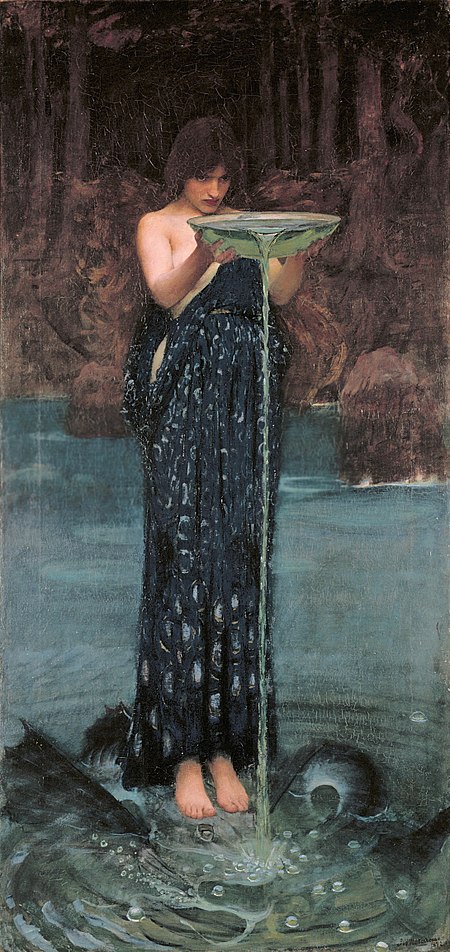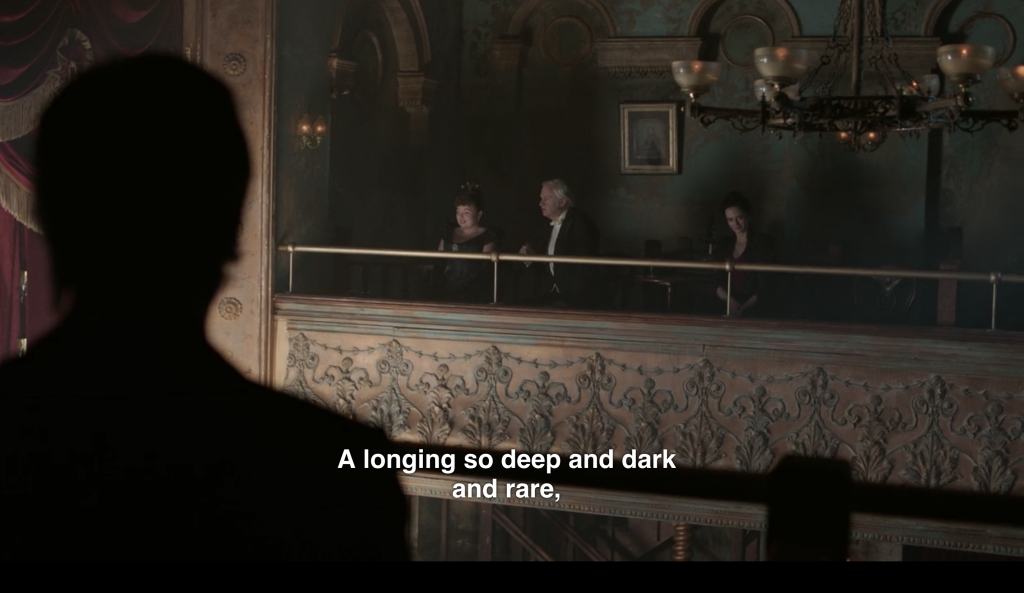Research Abstract
Between Witchcraft and Divinity: Redefining Queerness in Madeline Miller’s Circe
Since her earliest representation in the Odyssey, Circe has held the attention and fascination of artists, rebels, and those who find themselves on the outside of society. Numerous depictions of the Witch of Aiaia have been created and marveled at for centuries, and her relevancy and agency to those who behold her seems only to grow as time passes. Madeline Miller’s 2018 novel Circe, brings the character to life at a time in our culture when everything that Circe represents comes as a scream of catharsis, a demigod radical feminist ready to tear down the structures that seek to define her. In Miller’s Circe there is a delicate balance between both the historically represented monstrous nature of the Witch, and the radically queer way Circe wields this power and embraces her identity in a way that challenges our society today.

Circe stands out as a symbol across time not because of her displacement from the divine power structure, but in the power she gains through embracing and wielding that otherness. Throughout Miller’s novel the unconventional pieces of Circe’s identity serve as her toolkit for growth and resistance. Circe’s physical differences, ungodly abilities, and queer circumstances that set her apart from society, ultimately give her power over even those who consider themselves untouchable. Examined through the theories of Jack Halberstram presented in his book Skin Shows, the physical aspects of Circe become a guide to both her monstrosity and her queer power, “[Skin] Becomes a Metonym for the human; and it’s color, it’s pallor, it’s shape mean everything within a semiotic of monstrosity.”(Halberstram pg. 7). Circe’s actions, as much as her non-binary existence or queer physicality help in mapping her embracing of queer power across the novel as well, as examined through Butler’s theories on performativity. In a time of both historic outspoken representation for queer people, and a year of extreme political and physical violence against them, Miller’s Circe is situated as text about radical resistance. Circe’s embracing of queer identity and the power she gains from it is a reminder of the act of resistance that is existing and loving yourself in a world that seeks to erase you.
Capstone Description
A Longing So Deep and Dark and Rare
John Logan and Sam Mendes’s 2014 Television show Penny Dreadful is wrought with the abject and characters who find themselves drawn to it and immersed in it. In particular this concept is explored heavily in the fourth episode of the first season, titled “Demimonde”. In this presentation we will be looking specifically at the performance taking place within the Grand Guignol and the eight different viewpoints that compose the scene. The setting of the theater and the contents of the play in interaction with the multiple viewers give us an excellent example of both a panopticon composed of fear and desire and the link between the spectacle of the abject and our internal wants and fears.

Influenced by the work of Julia Kristeva, we will be looking at what draws the characters focus within the Grand Guignol and what that reveals about them and their relationship to the monstrous. Our role as viewers of the scene is crucial as well as we compose one of the many metanarrative layers that make up this monstrous performance. Diving into this particular scene helps to unravel many of the larger themes of Penny Dreadful, particularly in taking apart what exactly it is that draws both the main cast and us as viewers to the world of the abject, unfolding and being created by and around us.